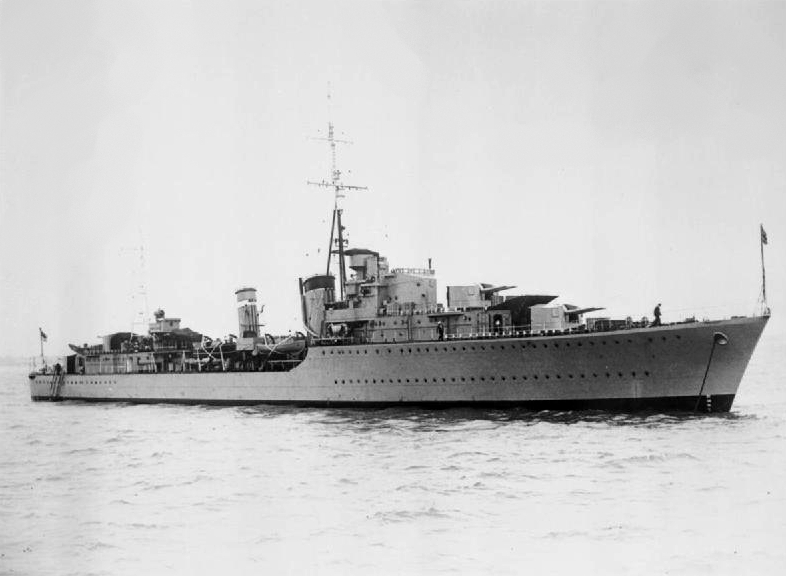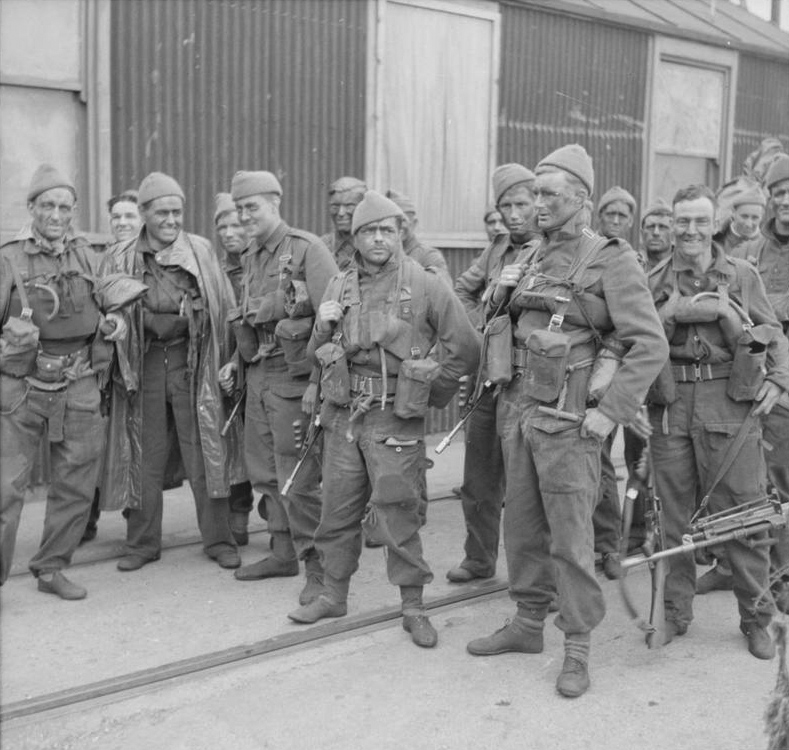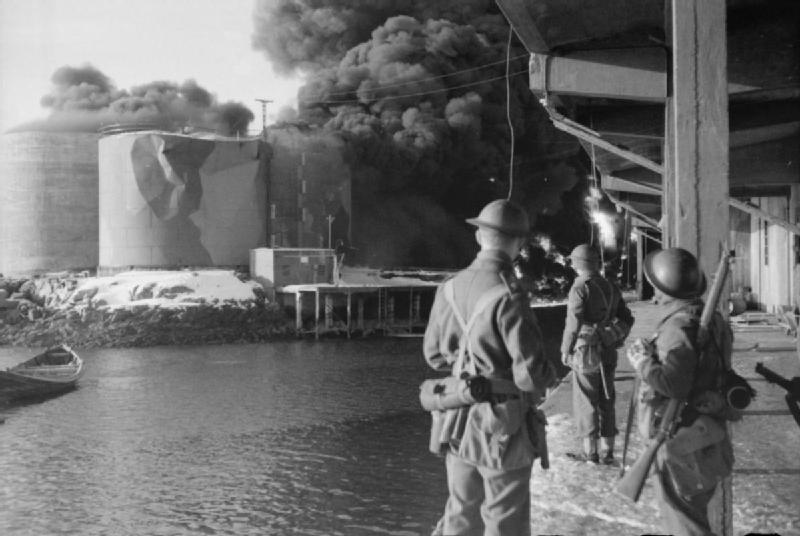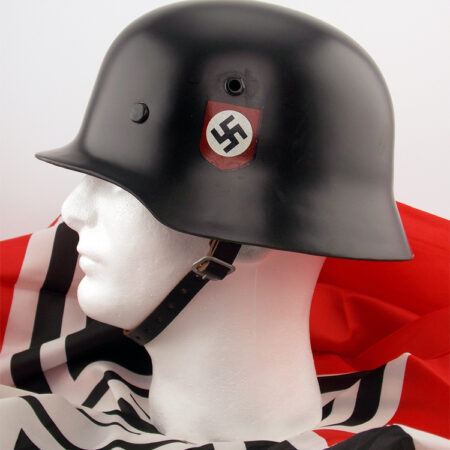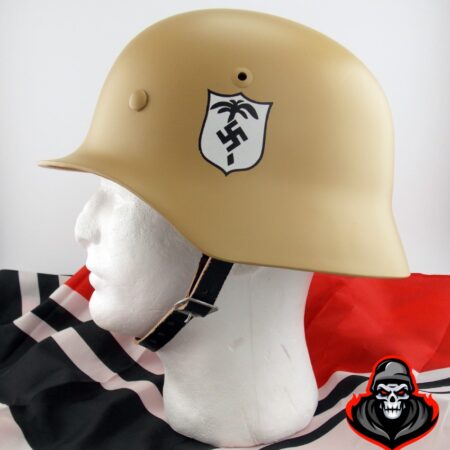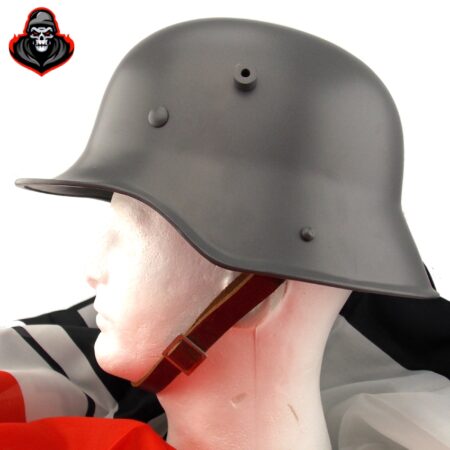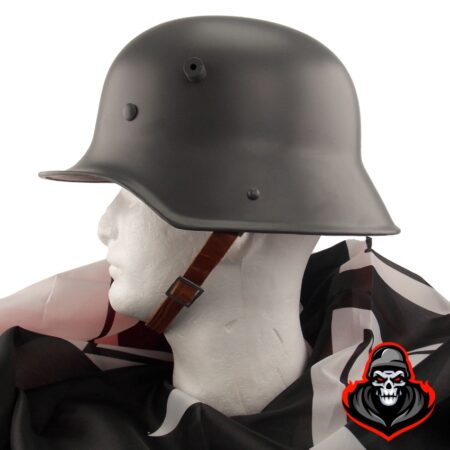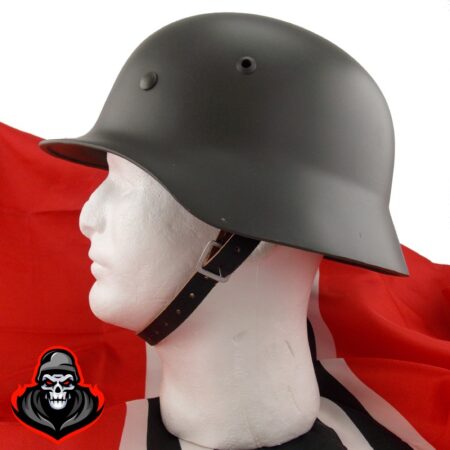A great many raids were carried out by British forces during the course of the Second World War, all across Europe and wider afield. However, one of these raids has a claim to being the most successful British commando raid ever undertaken during the whole war. This was Operation Claymore, struck against German naval and infrastructural sites on the Lofoten Islands off the Atlantic coast of northern Norway on the 4th of March 1941. Yet it remains a relatively unknown engagement. The following sets out the case for Claymore’s exceptional status.
After the expulsion of the British Expeditionary Force from France in the summer of 1940 the British High Command had made it a priority to begin implementing targeted raids against key German sites across occupied Europe. One of the first such sites chosen was the Lofoten Islands. The reasons for this were twofold. Not only were the Lofotens a location where German shipping was concentrated and lying in dock, but the area was also being used to produce fish oil, a key by-product of which was glycerine, which was then shipped to Germany and used in the manufacture of explosives. Moreover, there was a good likelihood that the Germans would have left these largely industrial sites in Norway relatively unprotected.
Having identified their target a plan was hatched from late 1940 onwards. Rear Admiral Louis Keppel Hamilton was selected to lead the raid, while five escort ships and two transport ships were to be used in the mission. The landing force was to consist of No. 3 Commando unit and No. 4 Commando unit, being about 500 men in total, with just over fifty Norwegian volunteers also participating. The idea would be for the five escort ships to convey the two transport ships to the Lofotens. The men would then disembark and destroy both the oil-producing facilities and any German shipping, while also taking prisoners if they could.
The entire force was assembled on the Orkney Islands off the coast of northern Scotland in late February 1941, before leaving to undertake the North Atlantic crossing to Norway on the 1st of March. The fleet arrived at the Lofoten Islands just before 4am on the morning of the 4th of March, but delayed its landing until nearly 7am so that they could do so as it was getting bright. Part of Claymore’s success must be attributed to the fact that the Lofoten Islands were incredibly almost entirely undefended. Apart from a short exchange of fire with the armed German trawler, Krebs, there was no fighting to speak of.
As a result of being almost entirely unopposed the operation was a resounding success in the hours that followed. Eight Axis merchant ships were sank, the Hamburg, Pasajes, Felix, Eilenau, Rissen, Andø, Grotto and Bernhard Schulte, as well as several other ships from the Kriegsmarine. The primary goal of destroying the fish-oil production plants was entirely succeeded in. It is estimated that about 800,000 gallons of fish oil and paraffin was destroyed as a result, while fish oil production was slowed considerably across German occupied Europe for months to come, thus reducing the supply of glycerine to the German military effort. The commando units also captured 228 prisoners, while 300 Norwegian civilians also returned with the British from the mission to fight for the Free Norwegian Forces in the war going forward. By the early afternoon the full force of commandos, prisoners and Norwegian civilians had boarded the small fleet and set off for home.
However, while these successes were considerable in their own right, there were also a number of additional and somewhat accidental occurrences during Operation Claymore which mark it as an even greater success than first appears. For instance, the operation also led to the capture of a set of rotor wheels from the Krebs, the mechanisms which were used to generate the codes used in the German Enigma code machine. In the early years of the war the British were at a serious disadvantage in that the Germans were able to intercept their messages, but the British High Command had been unable to crack the German’s Enigma code. As such the Germans could often predict where British shipping was travelling in the North Atlantic, while the British in turn had little idea of where the Germans would strike. With the capture of the rotor wheels from the Krebs as it was sinking the British now had the working tools necessary to decipher the Enigma. Work was completed on this by the mathematician, Alan Turing, and a wider team at Bletchley Park back in England and within weeks the British were able to begin intercepting German messages. This proved enormously beneficial in the Battle of the North Atlantic, as the Royal Navy now had advance notice of when and where convoys of German U-boats were going to strike at British shipping.
However, perhaps the most significant result of Operation Claymore can be found in the decision of the German high command to henceforth station far more men throughout Norway to avoid being caught so unawares by a British and Allied attack on the country again. By 1944 there were approximately 370,000 German troops and auxiliaries stationed throughout Norway, an enormous amount of men for a country which was not an active front in the war. This concentration of force occurred at a time when the Axis powers badly needed reserves of manpower elsewhere, particularly in France as the Allies began their invasion of Western Europe and in Poland and the Ukraine as the Soviet armies rapidly advanced eastwards towards Berlin, while a third front was also open in Italy where the US and British were driving north. The men stationed in Norway could have been used to slow the Allied advance in each of these regions in 1944. Hence, in addition to the damage which Operation Claymore inflicted on the 4th of March 1941, it ensured that valuable resources had to subsequently be committed to Norway by the Germans. As a result, the operation has a strong claim to being the most successful British raid of the Second World War.


